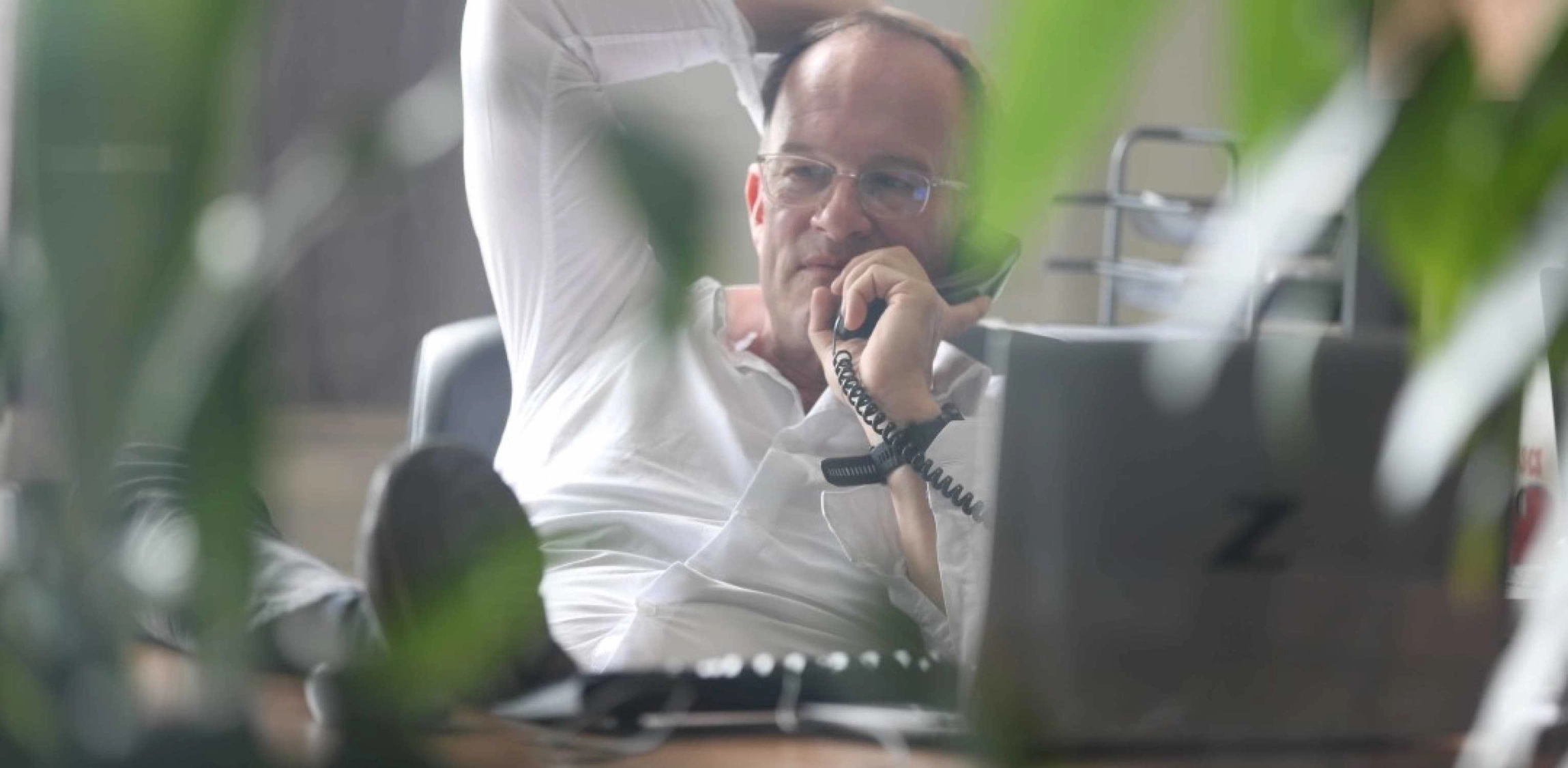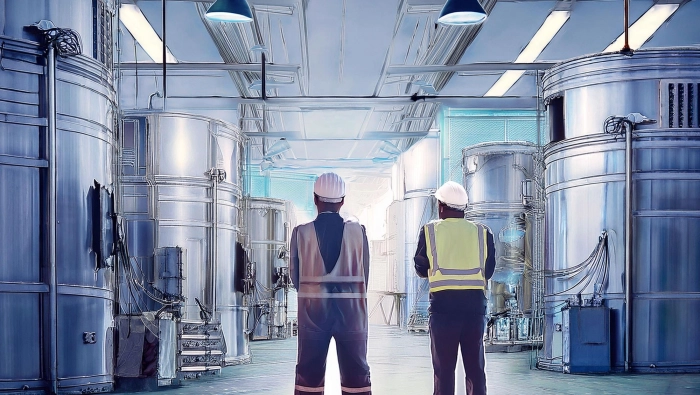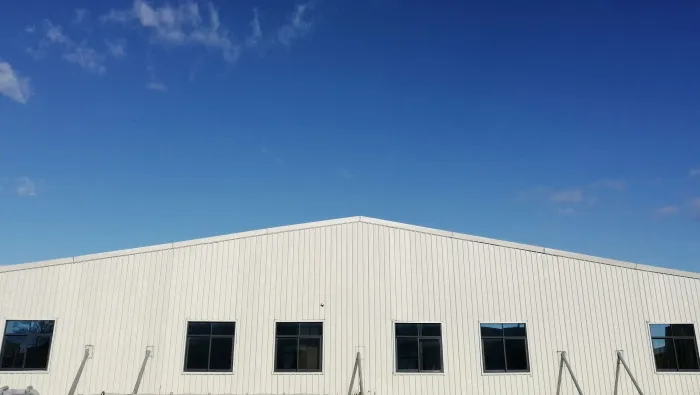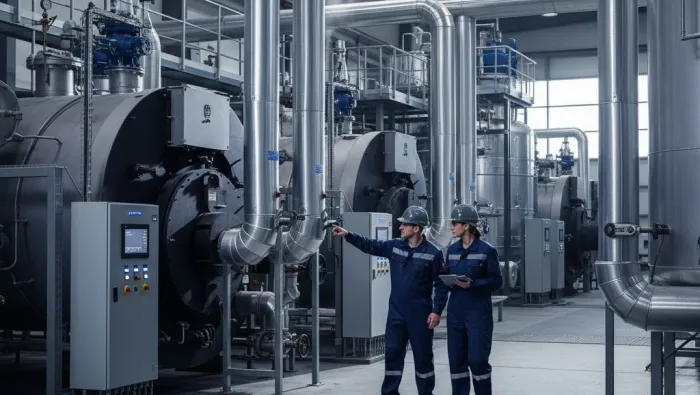Blog
8 Questions About Energy – Interview with Robert La Roche, founder of ATIS Énergie
15 November 2023

15 November 2023

I'll never forget the light-bulb moment: I was working as an engineer in the pulp and paper industry, and one of my tasks was to take measurements from an industrial facility's exhaust stacks. I was stunned to see how much energy was being blasted into the sky, as if it were a worthless resource. After doing some calculations, I concluded that the waste energy expelled from just one stack would be enough to power an entire neighbourhood. It was a shocking discovery. That's when I realized that it was my calling—and my DUTY—to help industrial companies manage energy more rationally. Living sustainably is something that we should all aim to do, for our future and that of our children.
Energy, whether natural or artificial, is an extremely valuable resource. We use it to accomplish all kinds of tasks, including essential ones we need to live. We're completely dependent on it. And what's incredible is that we can produce energy from waste emissions. Unfortunately, this fact isn't widely known or fully appreciated. People talk a lot about calories, but not about kilowatts (kWh).
But here's an interesting parallel to demystify the concept: A worker can manually produce the equivalent of 1 kWh of energy per day. To put that into perspective, a large industrial plant consumes about 50 million kWh of energy per year (electricity and natural gas)— an amount that would take 200,000 workers a year to generate. But during the Industrial Revolution, we started using energy to power machines and industrial processes. This made it possible for that same factory produce goods with just 300 to 400 employees.
For more on the topic of energy, check out Boucar Diouf's interview with the engineer Normand Brais on Radio-Canada: Sans énergie, nous ne serions rien. He starts with the calculation that a human being generates 100 watts per hour. This is very little compared to each individual's annual consumption of 100,000 kW.
It's easy to imagine how much energy the human body needs to run a marathon, since it's something that you can feel. Your breathing intensifies, your heart rate increases... In contrast, machines seem to work effortlessly, as if they had infinite energy that just magically came from nowhere. To better understand what I'm talking about, let's imagine that a company asked hundreds of employees to each blow up a balloon—and then pop it. It would be an obvious waste of energy. And yet, industrial plants have machines generating energy that essentially gets tossed out the window!
In Quebec, we pay just $0.06/kW for electricity. It's incredibly cheap! But the downside to the low monetary cost is that we end up devaluing energy and don't recognize its importance. If energy costs were 20 times higher, companies would immediately start thinking about how they could optimize their facilities to prevent losses.
It's great that hydroelectricity is a source of "clean" power, but that label means that people worry less about wasting energy. Since it doesn't produce any gas emissions, smoke or nuclear waste, hydropower has a reputation for being non-polluting. But that's just magical thinking. In reality, it's not entirely clean energy. Hydroelectric dams have a huge impact on the environment, so it would be more accurate to call it the "least worst" source of energy. The people who live near dams say that rivers are the Earth's veins. Obstructing watercourses eventually leads to blocked flow. Energy demands are growing worldwide. According to projections from the International Energy Agency's World Energy Outlook, by 2040 the world will need twice as much energy as it produces today, unless energy efficiency is continually improved.
That's the key question! Different companies have different goals. Some are aiming for net zero, while others are looking to conserve a specific percentage of their energy. One of our clients, Danone, came to us with a 30% target and was astonished when we told them that 50% was feasible. In the food industry, a tremendous amount of energy is needed to heat, stir and then cool products. But by auditing their operations, we often find that waste energy from one step can be used as input energy for the next step. The circular economy is based on the idea that everything is transformed. Over the long term, there's a huge return on investment. Plus, there are grants available to encourage businesses to implement energy management solutions.
There's just one way to do it: build awareness, educate and become accountable. Implementing solutions takes effort. Fortunately, firms like ATIS Énergie are here to support businesses that want to reduce their carbon footprint and energy costs while increasing their energy production. As consumers, we have the power to influence decision-makers, business owners and politicians.
At ATIS Énergie, we're passionate about sustainable development and are fortunate to have dedicated experts on our team, including Gheorghe Mihalache, Hassan Taj Eddine, Adel Benyahia, Carl Abdelnour, Stefan Radu Soare, Idir Hamel, Slavik Mordas and Mathieu Hervé. At the end of the day, it's about saving human lives—and how could anyone find that too expensive? We need more leaders to raise awareness about this important issue!
Most of the time, people don't have any questions. They know there's an urgent need for action, but they don't know where to start. At ATIS Énergie, we have the right knowledge and experience to guide businesses, taking into account their needs, key issues, business reality and implementation timeline. We're focused on results and don't leave anything to chance. Everything is measurable. Yes, we're engineers who break projects down into steps, but above all, we're human beings who are passionate about energy management and sustainable development—and that's what makes all the difference: our drive.

10 February 2025
In an economic context marked by unprecedented pressures, Québec businesses must redouble their efforts to remain competitive. Between the threat of increased export tariffs, trade tensions and the anticipated increase in the cost of electricity or natural gas, it is becoming essential to optimise every available resource. One of the most powerful levers to address these challenges is investment in energy productivity.

28 November 2025
The new federal budget marks a real shift for Canada’s industrial sector. Rather than adding new hurdles, the government is doubling down on tax incentives designed to fast-track decarbonization and drive much-needed modernization across production lines. At the heart of these measures is the accelerated capital cost allowance, better known as the ‘super-deduction.’ This powerful tool allows companies to immediately deduct 100% of their investments in clean equipment and technologies from their federal taxable income.

10 November 2025
As industries face growing pressure to decarbonize, Renewable Thermal Systems (RTS) like heat pumps, hot water systems and thermal energy storage offer a practical, cost-effective solution to make industrial processes cleaner and more efficient.